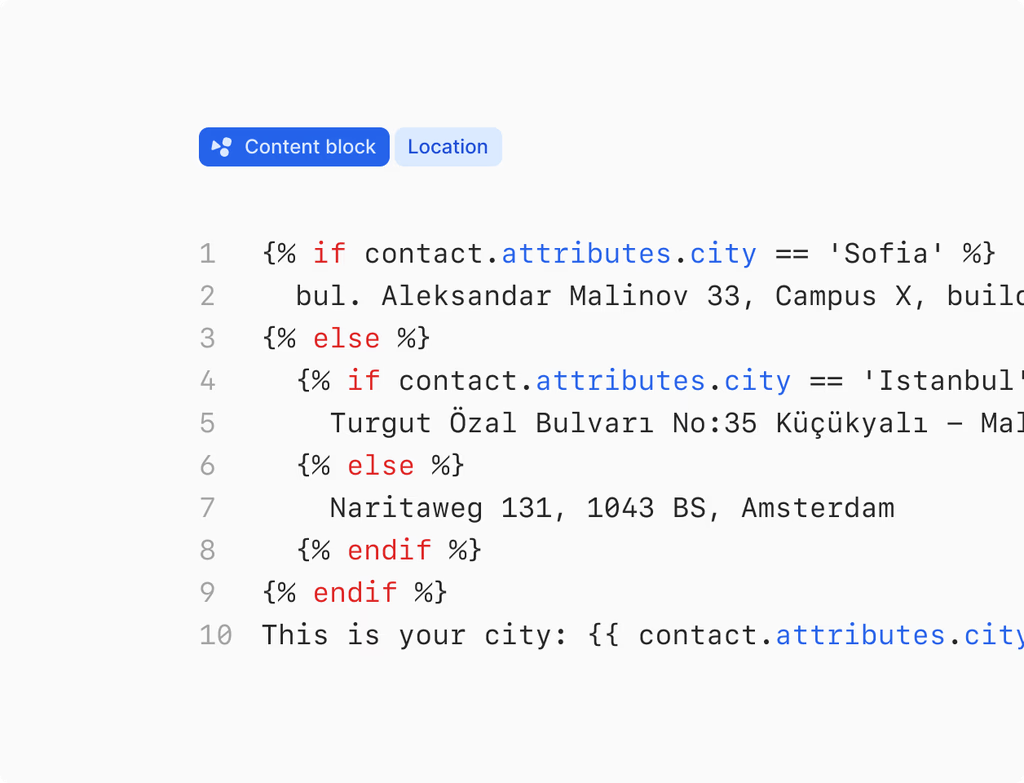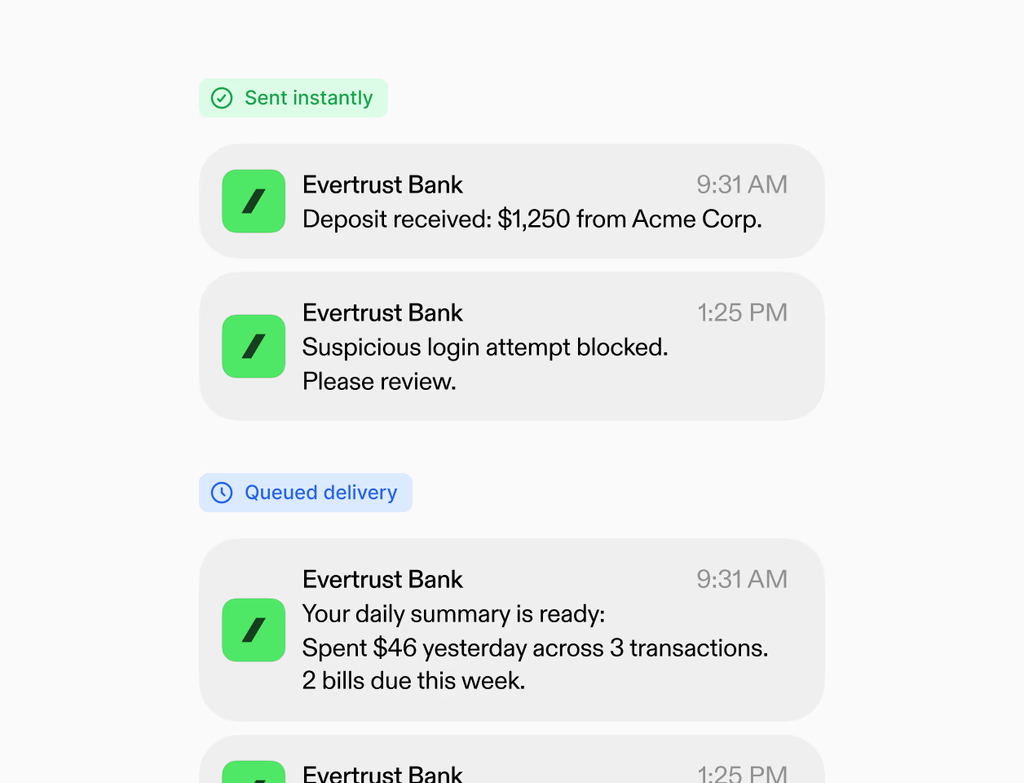What inputs does the Content Agent need to generate on-brand content?
The Content Agent requires clear and specific inputs to ensure all generated content remains consistent and on-brand. You need to provide core product details, information about your target audience, and the key business goals for the content.
Crucially, you must also define key messages, provide examples of successful content, and establish precise brand voice rules. This guidance shapes the AI output, enabling the Content Agent on the Hoop platform to produce high-quality, relevant content that accelerates production.
How does Content Agent maintain quality and brand consistency across channels?
Content quality is maintained through several integrated mechanisms within the Content Agent workflow. It utilizes defined brand voice presets which are applied automatically to every draft, ensuring high consistency.
Furthermore, the process incorporates essential review workflows and performance feedback loops. These loops continuously inform and refine future content generations. The system also produces content ready with summaries, metadata, and headings for various formats, including:
- Long-form articles
- Landing pages
- Email marketing campaigns
- Social media posts
Editors retain final control to approve or request changes before publication.
What are the primary benefits of using this content creation feature?
Using the Content Agent significantly scales your content operations without sacrificing quality or requiring a massive increase in resources. It accelerates the entire content lifecycle from ideation to distribution.
Key benefits include:
- Accelerated time-to-market for new content assets.
- Improved discoverability and conversion through ongoing optimization recommendations.
- Consistent messaging across all digital channels and lifecycle stages.
- Reduced duplication of effort by mapping assets to campaigns.
This feature helps you focus on strategy while the agent handles production, keeping quality high.
Can content be edited and approved by human teams before publishing?
Yes, human editors always retain full control over the content produced by the Content Agent. The AI creates the initial structured drafts, but the content enters a robust workflow for review and approval.
Editors can easily review the generated articles, landing pages, or emails, and they have the ability to comment, request specific changes, or regenerate individual sections of a draft. Versioning and audit logs keep the production process controlled and accountable within the Hoop platform.
Which pricing plans include access to the Content Agent feature?
The Content Agent feature is a powerful tool available across multiple tiers to suit various business needs and scaling demands. Access to the core capabilities begins with the core plan.
For organizations needing more advanced functionality and higher usage limits, the feature is also included in the pro and enterprise pricing plans. The higher tiers typically offer extended capabilities such as enhanced workflow customization and more extensive reporting on content performance.
Does the Content Agent support content creation in multiple languages?
Yes, the Content Agent is designed to facilitate global content strategies and supports multiple languages. It can efficiently draft and adapt content for various supported languages.
However, to ensure accuracy and cultural relevance, this functionality depends on providing proper localized guidance. When you supply country-specific context, brand voice adaptations, and key messages for each region, the agent can effectively translate and localize content for international markets, maintaining consistency globally.
How does the feature help repurpose a flagship content piece effectively?
The Content Agent excels at content repurposing and efficient distribution, maximizing the value of every asset you create. It automatically turns a single flagship piece of content into multiple formats suitable for different platforms.
Specific repurposing capabilities include:
- Generating concise summaries and pull-quotes for social media.
- Creating channel-specific variants for email, blog platforms, and paid ads.
- Scheduling distributed content across all relevant channels from one central location.
This ensures you track engagement metrics seamlessly and consistently across all touchpoints.



.avif)





